| Welcome back to Flipping the Focus. Leading up to the Mid-Atlantic Conference for Professional Learning, March 13-15, in Atlantic City, this marks the fourth in a series of posts devoted to pedagogical practices and frameworks that educators can leverage in their collaborative efforts to respectfully and equitably honour student voice. 1. Introduction Envision learning environments where students and their teachers are engaged to interact in profound and meaningful ways--ways that demonstrate an evolution of the teaching-learning relationship to one where “...[students] and [teachers are learning] together in a collaborative relationship, each playing an active role in setting learning goals, developing success criteria, giving and receiving feedback, monitoring progress, and adjusting learning strategies” (Growing Success, p30). |
As you continue with the post, consider framing your thinking against these, sample goals:
- (Teacher Focus) To deepen your understanding of practices that engage students with differences in backgrounds, learning strengths, needs and interests.
- (Leadership Focus) To inform your next best moves to supporting the growth of individual and collective teacher learning and practice.
been transformational for my own teaching and student learning,
as well as that of my colleagues."
| 2. Formative Assessment - An Introduction According to Ontario’s Assessment & Evaluation framework, Growing Success, the “...primary purpose of assessment...is to improve student learning” (p6). The improvement of student learning, from a formative perspective, involves two practices: assessment FOR learning and assessment AS learning. Let’s consider these practices in the context of an example. Throughout the example, consider visualizing formative assessment through the graphic provided in Figure 1 (below): The Assessment Loop (Causarano & Coulombe, @HarnessingA, 2018). |
The How of learning is defined by success criteria. These criteria describe the actions that students are taking to successfully attain learning goals. Prior to engaging students in the learning experience designed, it’s critical that we anticipate success criteria.
Identifying potential success criteria mentally prepares us for recognizing them, as students work on problems and tasks. In the context of questioning, inquiry or project-based learning, it’s also important that we remain 'open’ to variable paths towards a solution or completion of a task. Altogether, being able to recognize these criteria, as well as being open to student thinking, supports educators in helping students consolidate their thinking towards conceptual understanding and procedural fluency.
and recognizing how students will be going and are going
towards these goals?"
Whatever combination of factors you’re considering, they all have one thing in common--that is, what defines the problem or task that’s being assigned to students.
 Photo by Hans-Peter Gauster on Unsplash
Photo by Hans-Peter Gauster on Unsplash Let’s take a look at moving beyond the task. Earlier, I mentioned that success criteria represent the actions that students are taking towards attaining goals. That means we’re now in a space where students are ‘working on it’--either independently or collaboratively thinking about the assigned problem or task.
Formatively, we, as educators, now go on ‘high alert’...monitoring the ‘how’, listening to interpret, and looking for learning progressions that can be used to facilitate conversations around criteria important for attaining the goal(s). Over the time that students are engaged with the problem or task, we’re naming and noticing key moves that students are making and providing timely, descriptive feedback to all students.
Providing opportunities and encouraging students to engage in this type of reflection--be it self- or peer-assessment--is referred to as assessment AS learning. The beauty of this form of assessment is that it imparts leadership to your students: it helps them to recognize agency in their own learning, and it helps them to build autonomy--i.e., independence to influencing their own learning, as well as taking it upon themselves to learning on behalf of and supporting others.
| Each time that we, alongside our students, reflect and discuss the ‘how’ of ‘what’ is being learned models metacognition--the act of thinking about one’s thinking. In essence, as students develop their metacognitive skills, they are becoming better monitors of their own learning--setting goals and making plans for how they can achieve them. 4. It’s Not That Straight-Forward As we come to know our students better, we recognize the following:
|
Truly, this loop--or framework--represents the complex nature of the thinking and decision-making that occurs for both teachers and their students. It is a ‘space’ that we find ourselves in each and every day. As educators, the more we come to know our students, the curriculum, and what learning and student learning looks like, the better we can communicate where students are in their learning and next steps. By this point--having waded into the complexity of thinking and decision-making with students--we’re providing them with a communication of or an assessment OF their learning.
As you reflect, how are you seeking to co-create conditions that can give life to equity in the teaching and learning you do with students and your colleagues each and every day?
When thinking about your assessment practice, consider the following:
I am more than happy to collaborate with you and make our learning visible, here, in this blog and across Flipping the Focus' social media platforms, as well as your own. If at any time, you have questions or comments, please feel free to reach out to me at Flipping the Focus.
Sincerely,
Chris Stewart
Education Leader, Flipping the Focus (c) 2019
Causarano, J., & Coulombe, H. (2018, September 14). The Assessment Loop: Merging Assessment and Instruction. Retrieved January 29, 2019, from https://harnessassessment.com/2018/09/04/the-assessment-loop-merging-assessment-and-instruction/
Growing Success: Assessment, Evaluation and Reporting in Ontario’s Schools. (2010). Toronto: Ministry of Education.
Volante, L., et al. (2019, January 24). Culturally-Responsive Teaching in a Globalized World. Retrieved from https://theconversation.com/culturally-responsive-teaching-in-a-globalized-world-109881
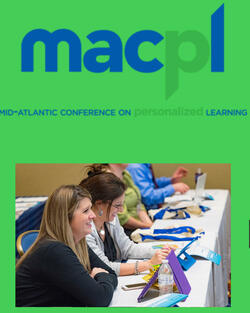
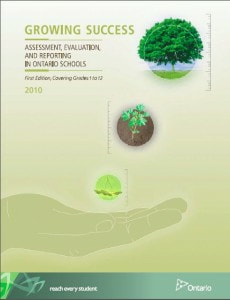
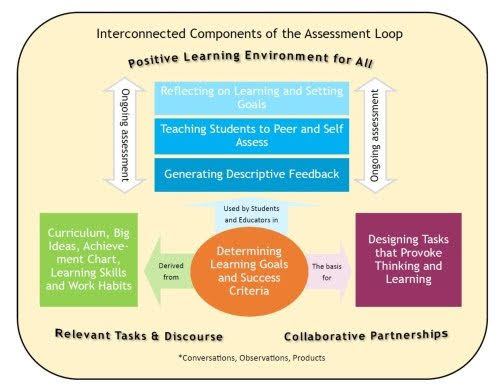

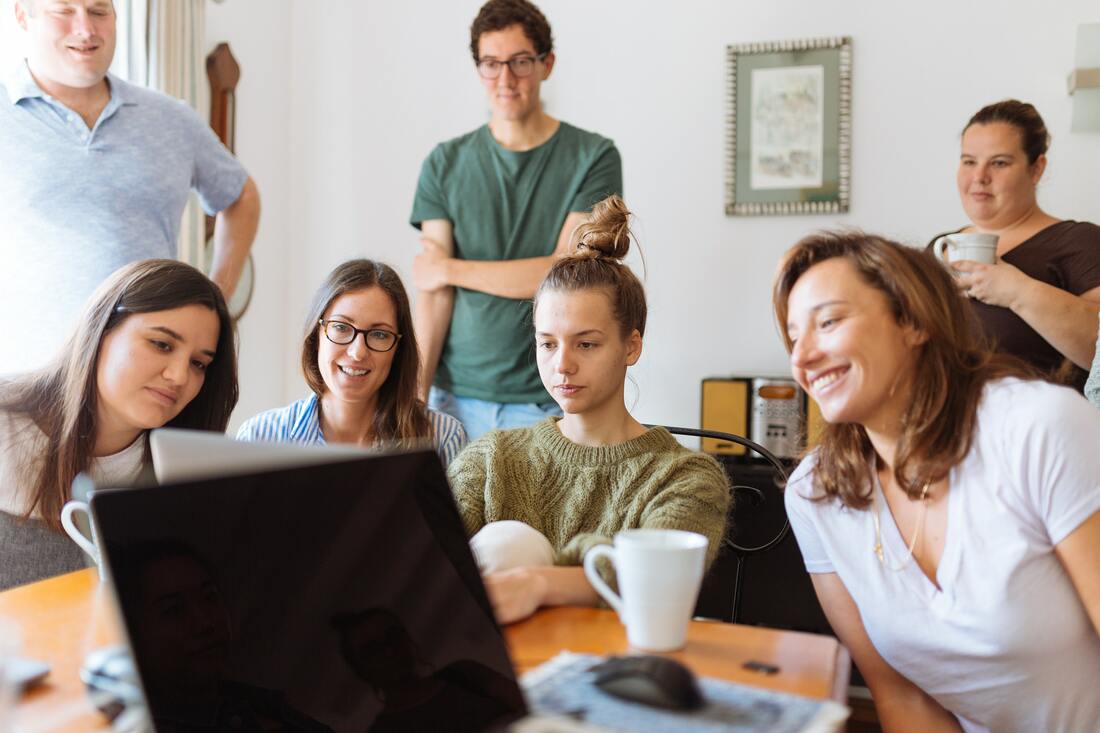
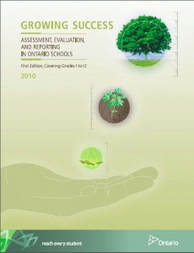
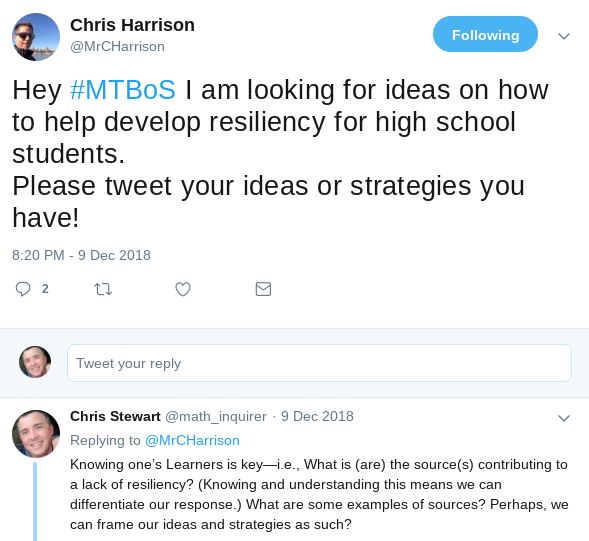
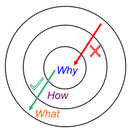

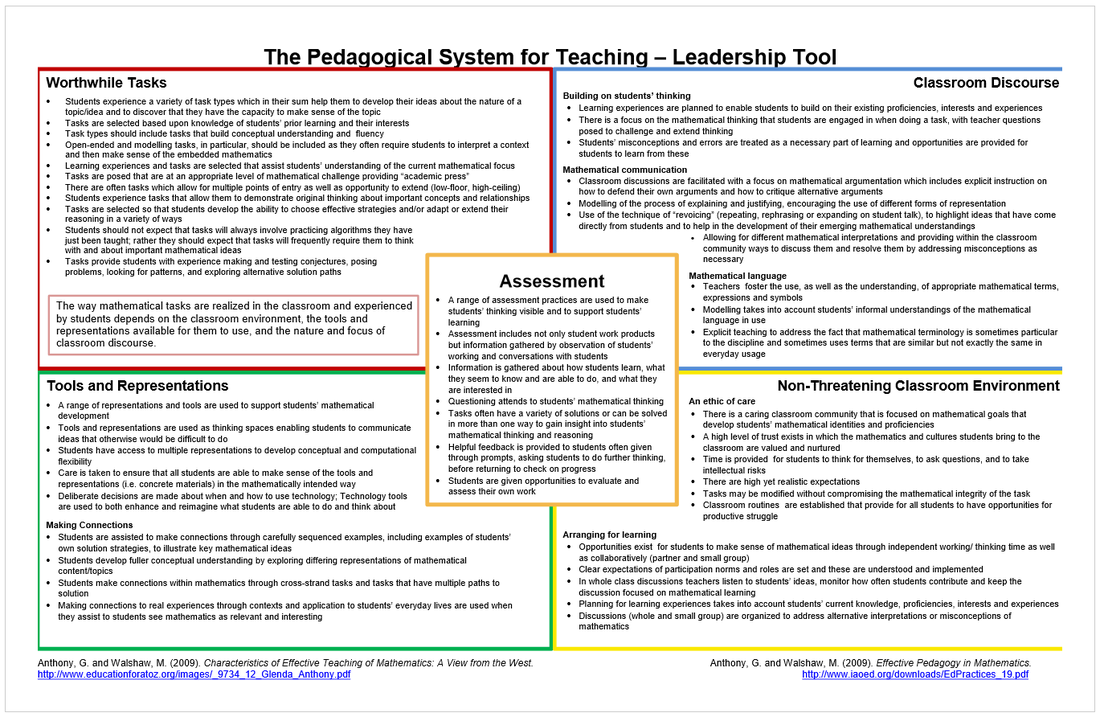


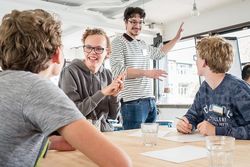
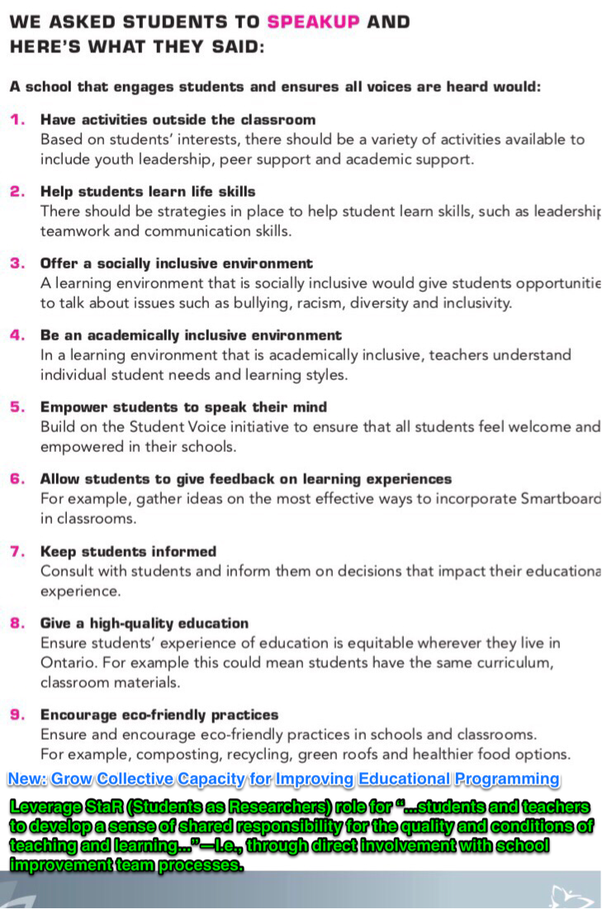
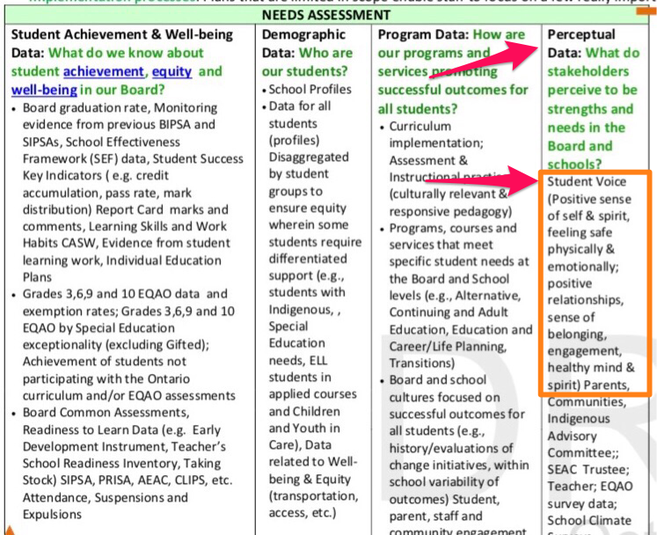
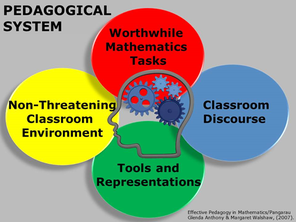
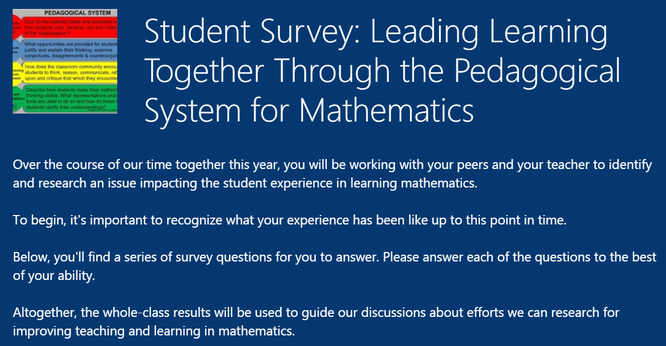
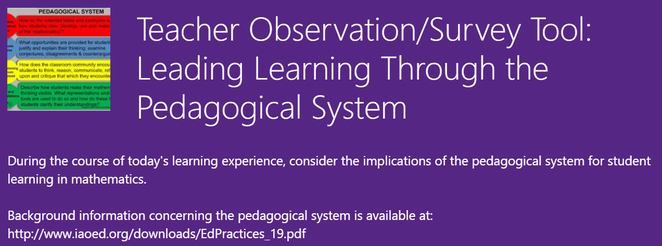
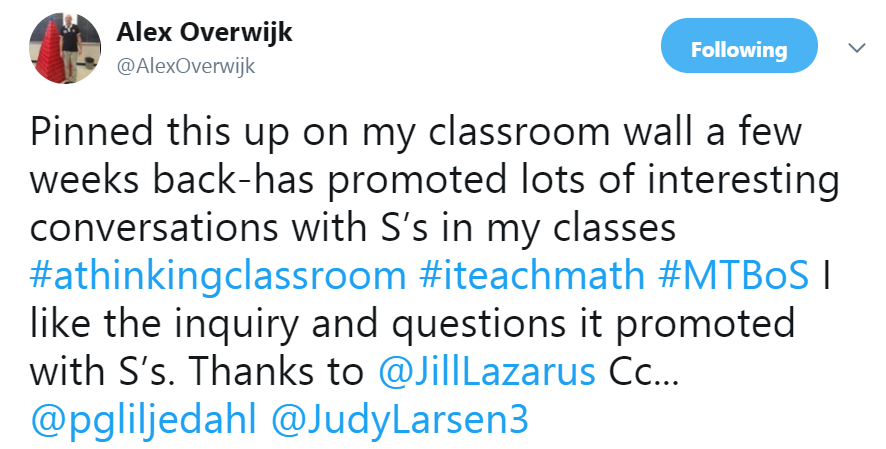
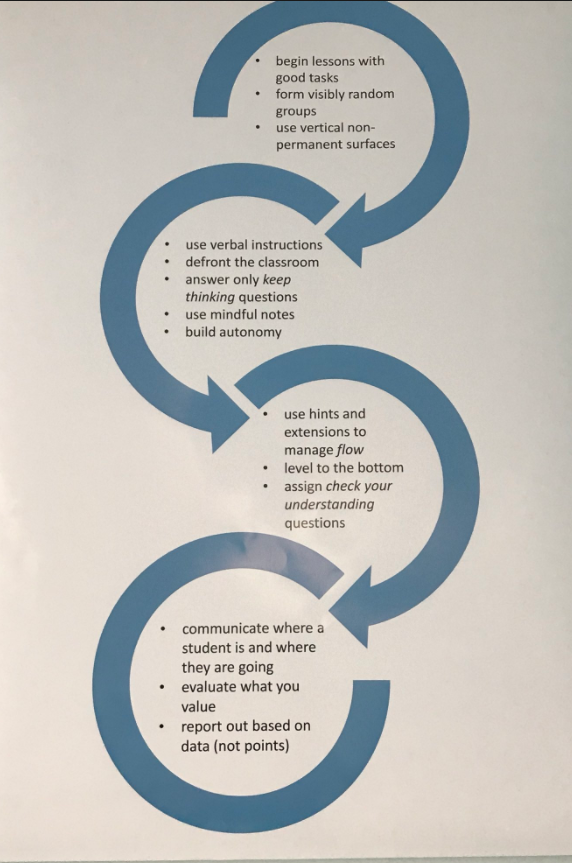
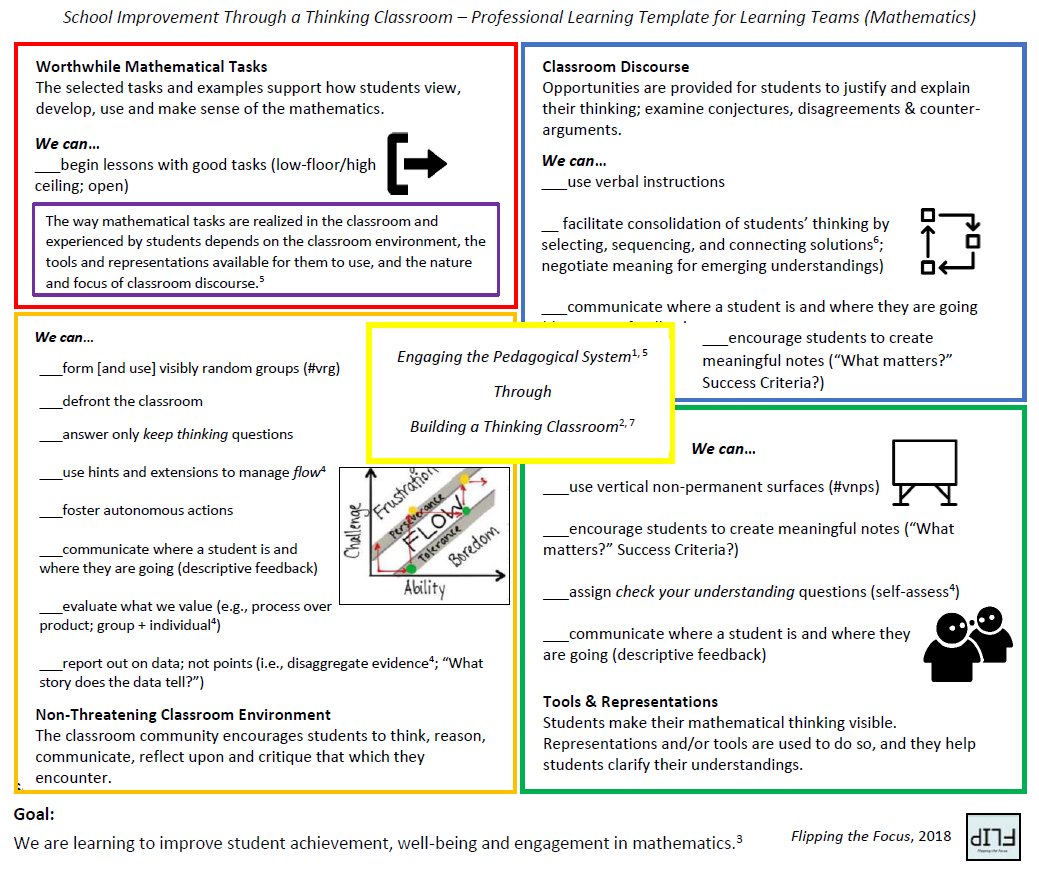
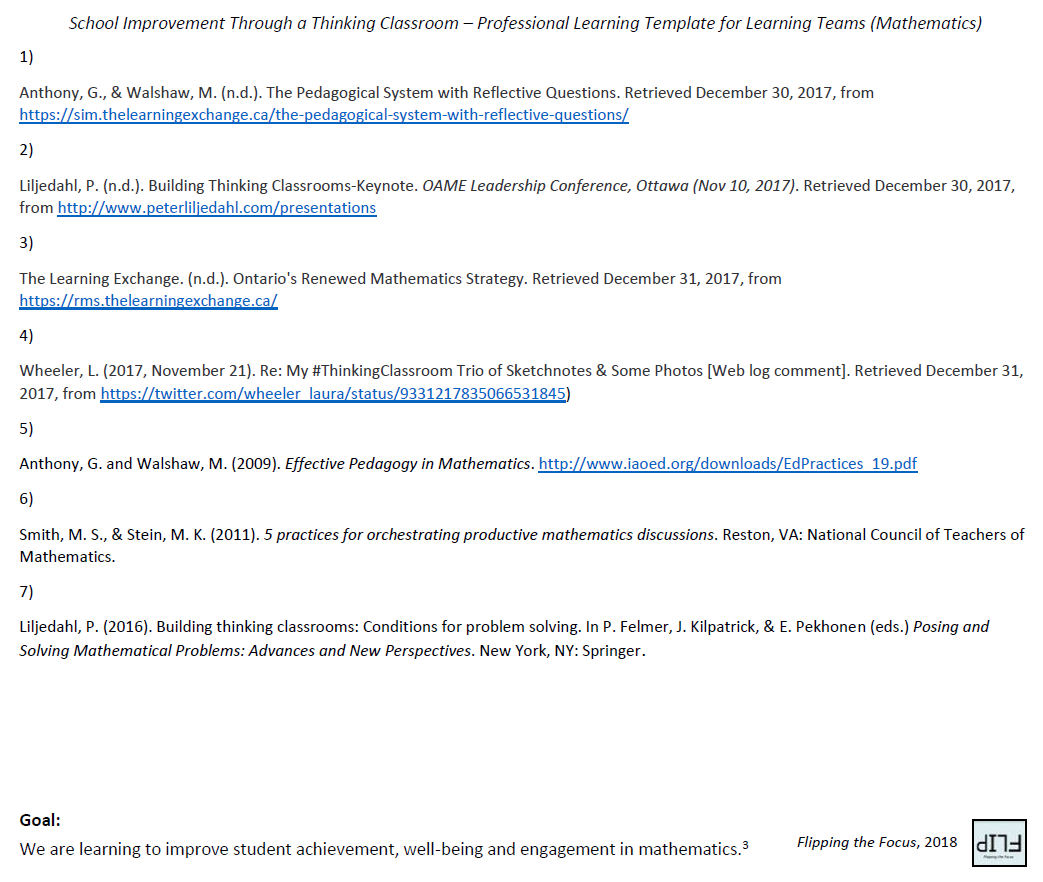
 RSS Feed
RSS Feed


